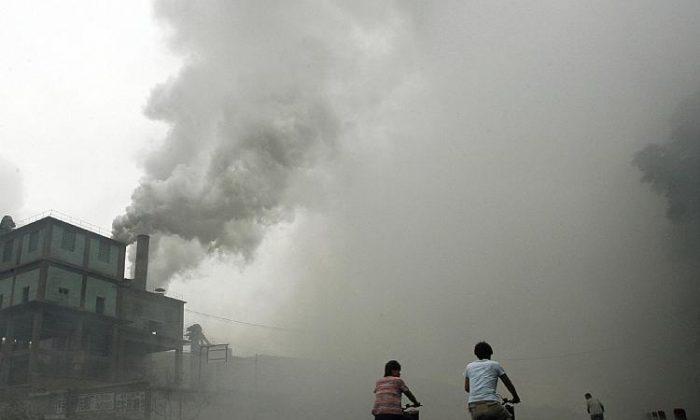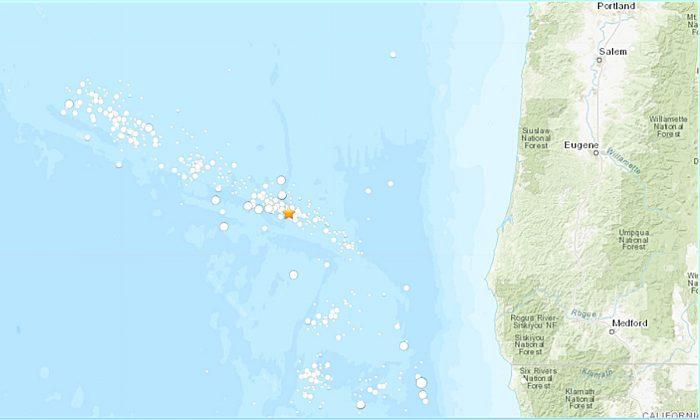Air pollution in cities worldwide is increasing at an “alarming rate” and killing millions each year, says a new report by the World Health Organization released on May 12.
The report says more than 80 percent of people living in cities that monitor pollution are exposed to air quality levels that surpass WHO minimum standards. The organization says low-income urban areas are the most impacted by air pollution.
The report says 98 percent of cities in low and middle income nations with populations over 100,000 do not meet WHO air quality guidelines, while high-income countries are at 56 percent.
The WHO says that over the past 2 years the database, covering 3,000 cities in 103 nations, has nearly doubled, with more urban areas suffering air pollution levels that are linked to health issues. As the quality of air gets worse, the risk increases for diseases like heart disease, lung cancer, and chronic and acute respiratory diseases—including asthma.

“Air pollution is a major cause of disease and death,” said WHO assistant director, Dr Flavia Bustreo.
“When dirty air blankets our cities the most vulnerable urban populations—the youngest, oldest, and poorest—are the most impacted,” Bustreo said.
Air pollution in cities worldwide increased 8 percent. The worst air quality is in low and middle income nations in eastern Mediterranean and southeast Asia regions, which were reportedly five to ten times over the WHO limit. Low income countries in the western Pacific region followed.
“Urban air pollution continues to rise at an alarming rate, wreaking havoc on human health,” said WHO Director Dr. Maria Neira.
“At the same time, awareness is rising and more cities are monitoring their air quality. When air quality improves, global respiratory and cardiovascular-related illnesses decrease,” she added.

The report says air pollution leads to 3 million premature deaths globally every year.
The organization suggests ways to reduce air pollution, like reducing industrial smokestack emissions, increasing use of renewable power sources, such as solar and wind, walking, and using cycling networks in cities.
“It is crucial for city and national governments to make urban air quality a health and development priority,” says WHO’s Dr Carlos Dora.
“When air quality improves, health costs from air pollution-related diseases shrink, worker productivity expands, and life expectancy grows. Reducing air pollution also brings an added climate bonus, which can become a part of countries’ commitments to the climate treaty.”
The World Health Assembly will take place in Geneva on May 23–28, where member states will discuss a road map for an enhanced worldwide response to health impacts from air pollution.





